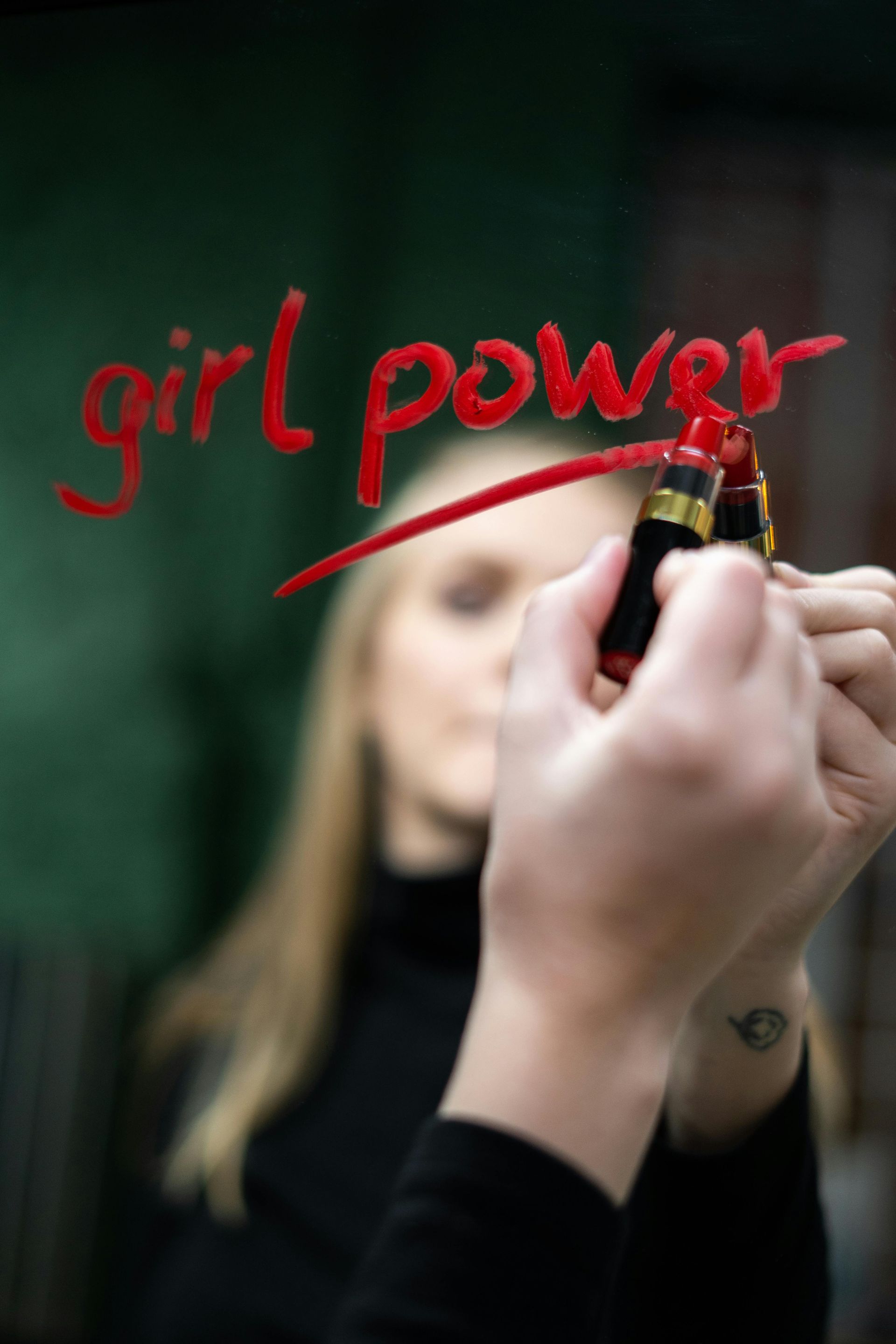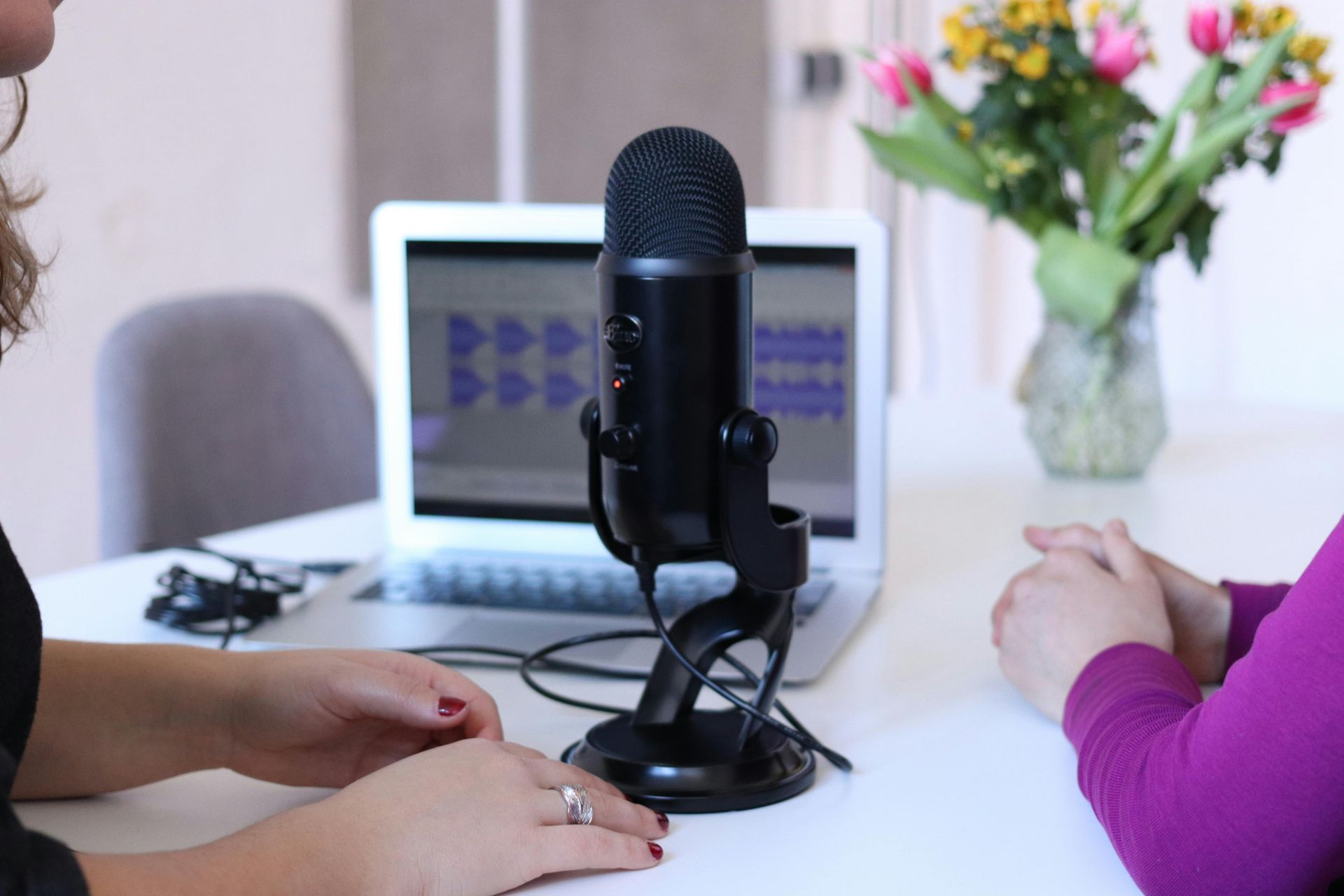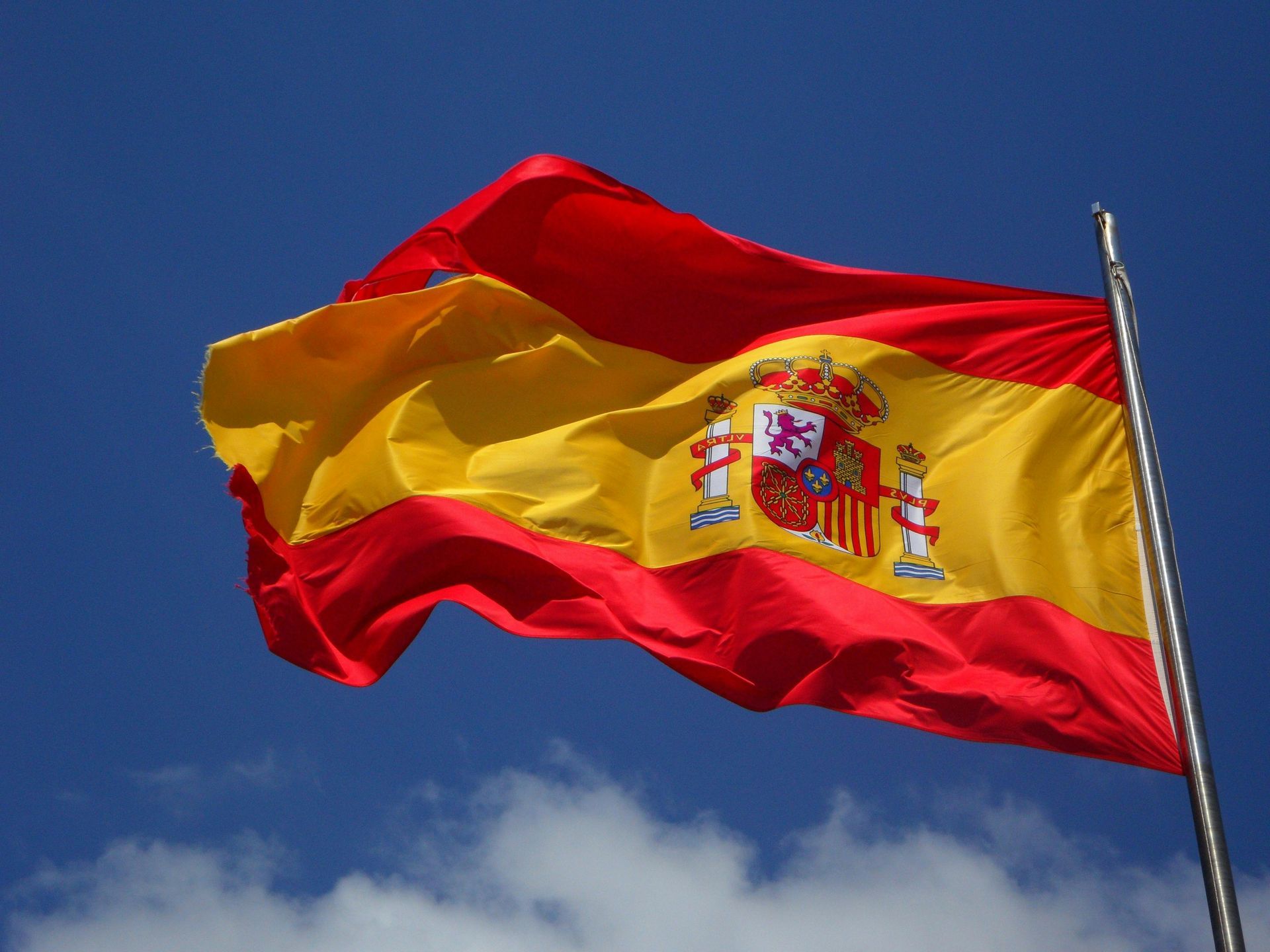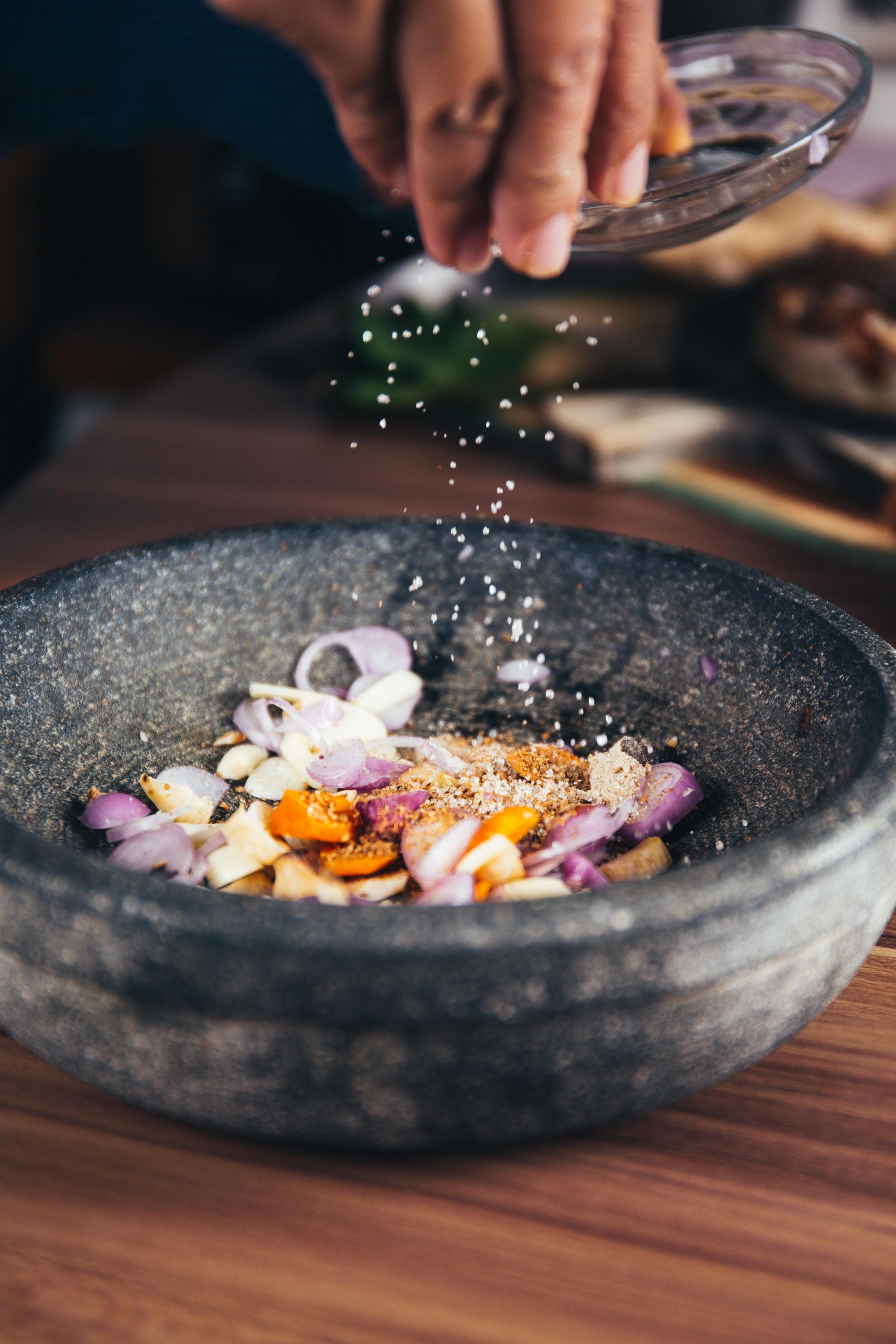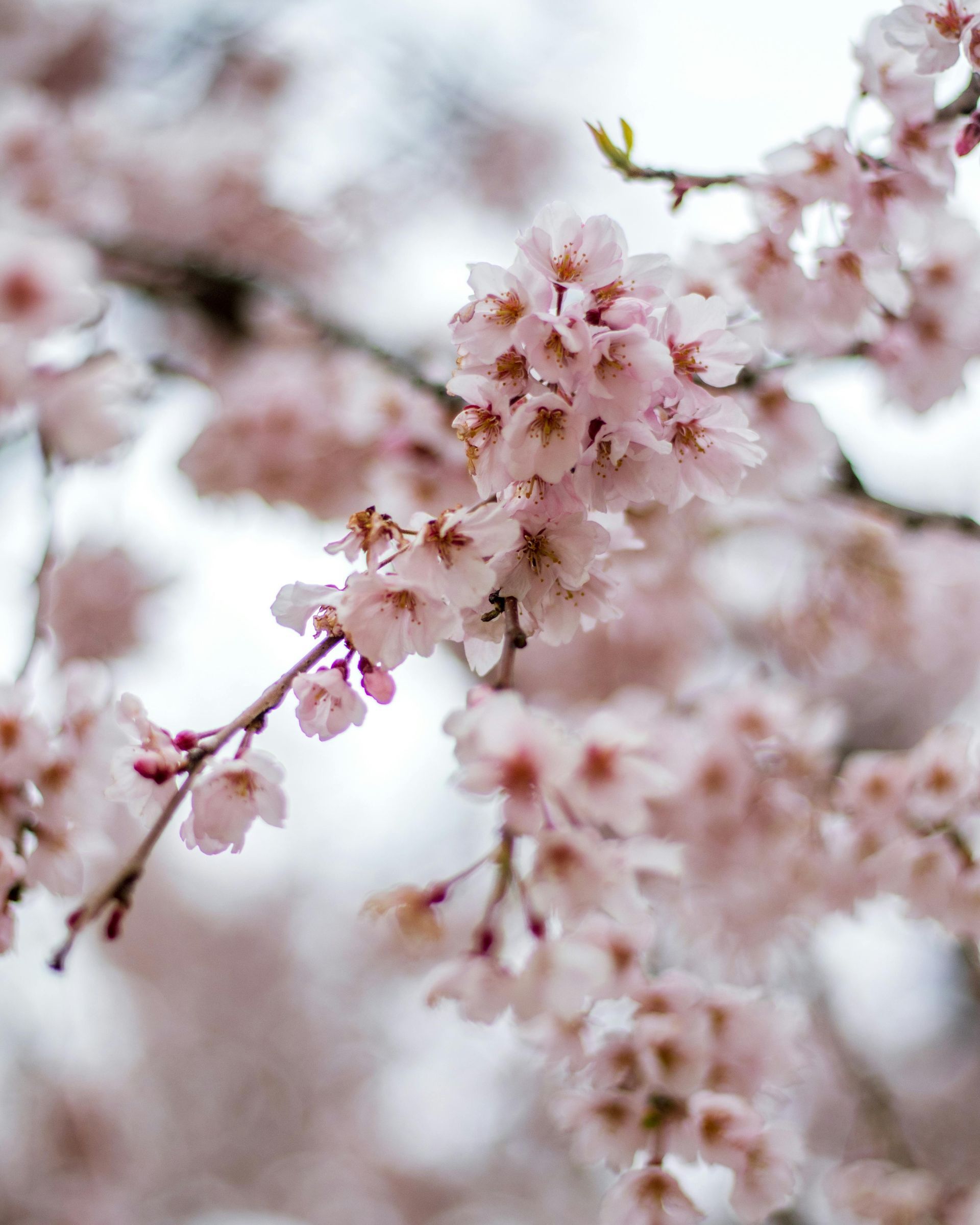Blogs by Ella Fisher
Grief Is More Than Death: Learning to Let Go in All Forms of Loss

When people hear the word grief, they usually think of death. As if grieving only applies to the loss of a loved one. But grief is so much more than that.
Grief is our emotional response to loss — in any form.
With this blog, I want to show you that we grieve many types of goodbyes, not just death. Think about:
- The death of a loved one, friend, or relative
- The end of a close friendship
- Losing a pet
- Being let go from a job you’ve worked for years
- A divorce or breakup
And the list goes on. Grief is personal. It doesn't follow rules. There's no timeline. No right way to feel. It doesn’t matter what you’ve lost — if it meant something to you, then your grief is valid.
Losing My Father
The hardest loss of my life was losing my father.
If you know me well, you know how he died. How I held on to hope for a long time — until a doctor used the word “palliative.” That hit like a freight train. From that moment on, I knew: this wasn’t going to get better.
The days that followed felt like an emotional rollercoaster I couldn’t get off. Crying. Anger. Relief. Panic. All of it. Time got weird. Part of me wanted the days to last forever, just so I could be near him a little longer. But at the same time, I felt this constant knot in my stomach.
My dad was never afraid of dying. I was. Not so much of the act itself, but of the unknown. What if there’s nothing? What if it’s terrifying?
He died with just my mom at his side. That moment taught me something: death isn’t scary. Death is letting go. And letting go might be the hardest, but also the purest form of love.
Losing Multiple Pets
When my cat Django passed away (yes, named after Django Unchained, the Tarantino film 😄), I was at work. My boyfriend called me. Django had likely suffered a stroke, heart attack, or seizure. We didn’t do an autopsy, so we’ll never know for sure.
He was young. Too young. But he was a hairless cat, probably overbred, and had genetic issues. I was absolutely devastated. My heart shattered. I can’t fully explain it, but I felt the pain deep in my bones.
So how did I cope? I let the grief in. I cried, I broke down, I screamed. I don’t even remember how long it lasted, but at some point, the pain started to ease — little by little.
I had Django cremated, and I keep his ashes at home. That helped. For me, holding the urn made it real. He was gone. And he wasn’t coming back. That was brutal, but also grounding.
Maybe that helps you, too. A beautiful urn, a little memorial corner — something tangible. For me, it brought peace.
Grief Isn't Just Tears
One thing I’ve learned: grief shows up in many forms. It’s not always sadness. Sometimes it’s emptiness. Sometimes anger. Guilt. Confusion. Even relief. And it’s all okay.
- You grieve when a friendship fades that once felt like family.
- You grieve when your dog dies after years of unconditional love.
- You grieve when you lose a job that defined who you were.
- You grieve when you split from the parent of your kids.
We need to stop linking grief only to death. As long as we do, people won’t feel seen in their pain — simply because their loss doesn’t have a gravestone.
What Helps With Letting Go?
I recently watched a video on letting go. Not fluffy or spiritual, just clear and practical. A few things really hit home for me. Maybe they’ll help you, too.
1. Ask yourself two honest questions:
- What am I gaining by staying stuck in this pain?
- What could I gain if I let it go?
If thinking back only brings hurt and offers nothing in return, maybe that’s your sign: you deserve better. Not because you have to forget — but because you’re allowed to move forward.
2. Focus on what does bring you joy
Make a list of things that give you energy. Things that light you up or help you grow. Here’s mine:
- Writing my book(s) and blog posts
- Dancing or listening to music
- Personal development podcasts
- Binge-watching trashy K-dramas on Netflix 😉
- Days out with the kids
- Working out, spending time with family, even simple things like doing laundry or tidying up
Doing these things keeps me in motion. And motion is often the first step toward healing.
3. Accept that perfection doesn’t exist
Life almost never goes according to plan. But the value is in learning to deal with the unplanned. Acceptance isn’t weakness — it’s strength. It means recognizing that some things are out of your control. And that’s okay.
4. Make promises to yourself — and keep them
It builds trust with yourself. It’s proof that you can take care of you. That confidence makes it easier to let go of the things that no longer serve you.
5. Visualize the act of letting go
Picture a hot air balloon. Put your pain, fear, frustration into it. Then watch it float away from the top of a mountain. Sounds symbolic — because it is. But it works. It gives your mind something solid to hold on to.
6. Trust the flow
Think of yourself as a river. Sometimes you hit a rock. But water always finds a way — slower maybe, or with a detour — but it keeps going. That’s us, too. Every obstacle teaches you something.
What Letting Go Gives You
Letting go isn’t just emotionally healthy — it’s physically healing, too. Less stress means better sleep. Lower heart rate. More energy.
But most of all: space.
Space to feel again. To dream. To try something new.
Space for you.
And maybe — just maybe — space for happiness.
Final Thought: It’s OK to Grieve
Whether you’ve lost a person, a dream, a place, or a version of yourself — you’re allowed to grieve.
And you don’t have to do it the way anyone else does. There’s no right or wrong. Just your way.
Give yourself time.
Give yourself grace.
And trust that one day, the light will come back — even if it feels dark now.




